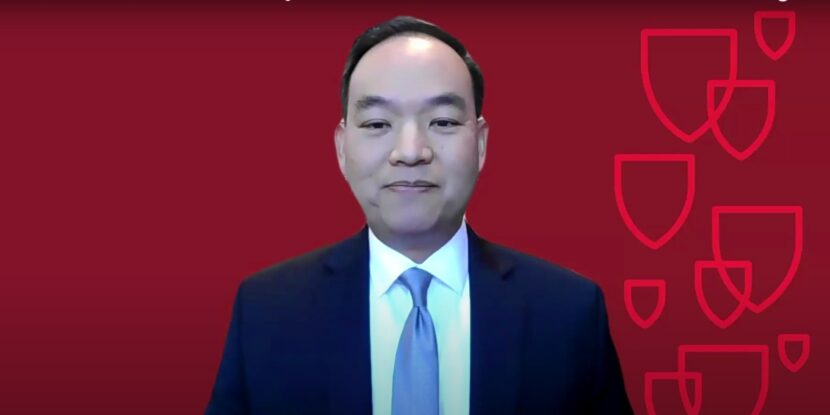A federal judge, in a ruling aimed at restoring the core functions of the defunct United States Agency for International Development (USAID), appeared either to not know or, indeed, falsify how the agency was created. The bizarre error will now call into question the validity of his ruling Tuesday, which even seeks to reopen building access for dismissed USAID employees.
U.S. District Court Judge Theodore D. Chuang, who serves on the Federal District Court of Maryland bench and was appointed by former President Barack Obama, claims that Congress created USAID and, therefore, it cannot be shut down solely through presidential authority. However, this is not the case.
“For the foregoing reasons, the Court finds that Defendants’ actions taken to shut down USAID on an accelerated basis, including its apparent decision to permanently close USAID headquarters without the approval of a duly appointed USAID Officer, likely violated the United States Constitution in multiple ways, and that these actions harmed not only Plantiffs, but also the public interest, because they deprived the public’s elected representatives in Congress of their constitutional authority to decide whether, when, and how to close down agency created by Congress,” Judge Chuang wrote, ordering: “Accordingly, the Motion for a Preliminary Injunction will be GRANTED IN PART and DENIED IN PART. The Motion will be granted in that the Court will issue the accompanying Preliminary Injunction. The Motion will be otherwise denied.”
While Chuang does not order that fired USAID workers be reinstated, the injunction does appear to restrict President Donald J. Trump‘s Department of Government Efficiency (DOGE) from making any further cuts to USAID. It leaves open the possibility that the agency could be restored entirely to its status before the U.S. State Department absorbed its functions. However, Judge Chuang’s order is based on an incorrect assertion regarding the constitutional nature of USAID itself.
HISTORY OF USAID.
Congress did not, in fact, create the foreign aid agency. Rather, it was created through an executive order signed in 1961 by the late President John F. Kennedy, as recently noted by The National Pulse Editor-in-Chief Raheem Kassam. Kennedy saw the agency’s mission as temporary, only necessary for an especially tense and strategically critical phase of the Cold War.
Kennedy’s executive order aimed to create a new agency (USAID), consolidating several foreign aid organizations that already existed but were uncoordinated in their efforts. Congress did not create USAID but later provided authorizing language under the Foreign Affairs Reform and Restructuring Act of 1998. Specifically, the law’s language states: “…there is within the Executive branch of Government the United States Agency for International Development…”
Again, Judge Chuang’s ruling runs into a problem, as the eventual authorizing statute only states that such an agency in name shall exist—but it leaves specific functions up to the executive branch. However, Judge Chuang appears to be ordering the reinstatement of certain functions, something not granted by Congress to the judiciary and statutorily granted to the President.
Additionally, the 1998 law gives the President a degree of leeway in reforming the agency, which arguably President Donald J. Trump did in transferring most of its core functions to the State Department.


